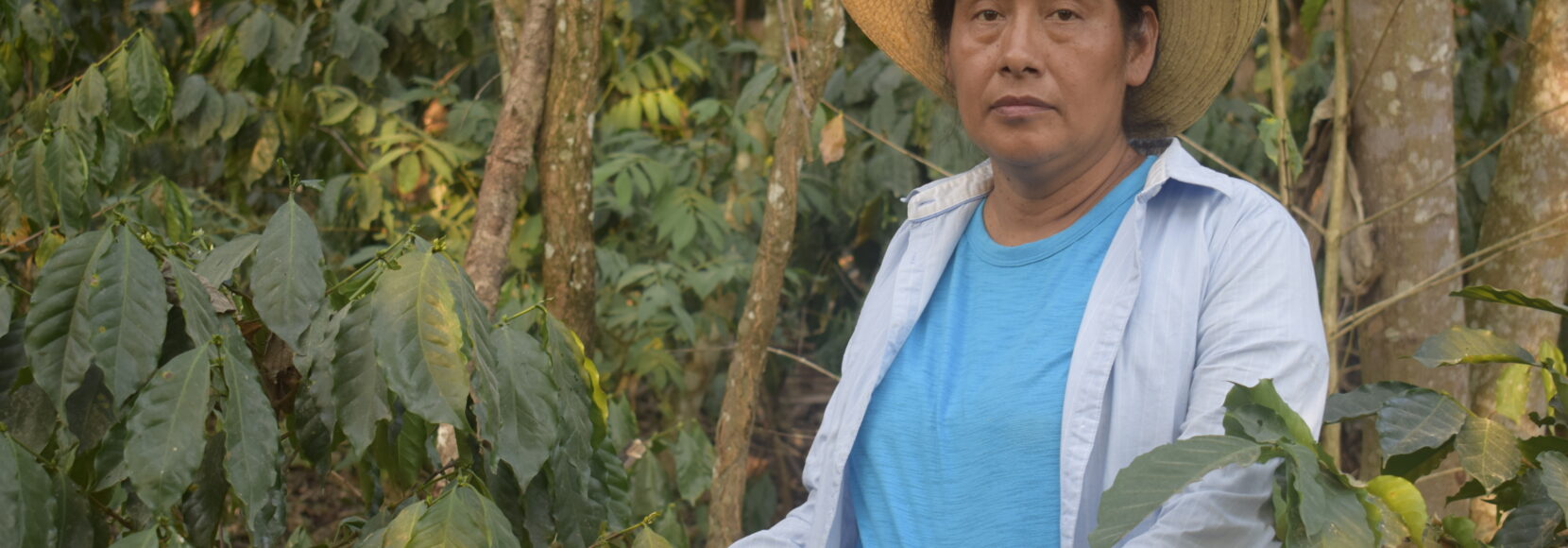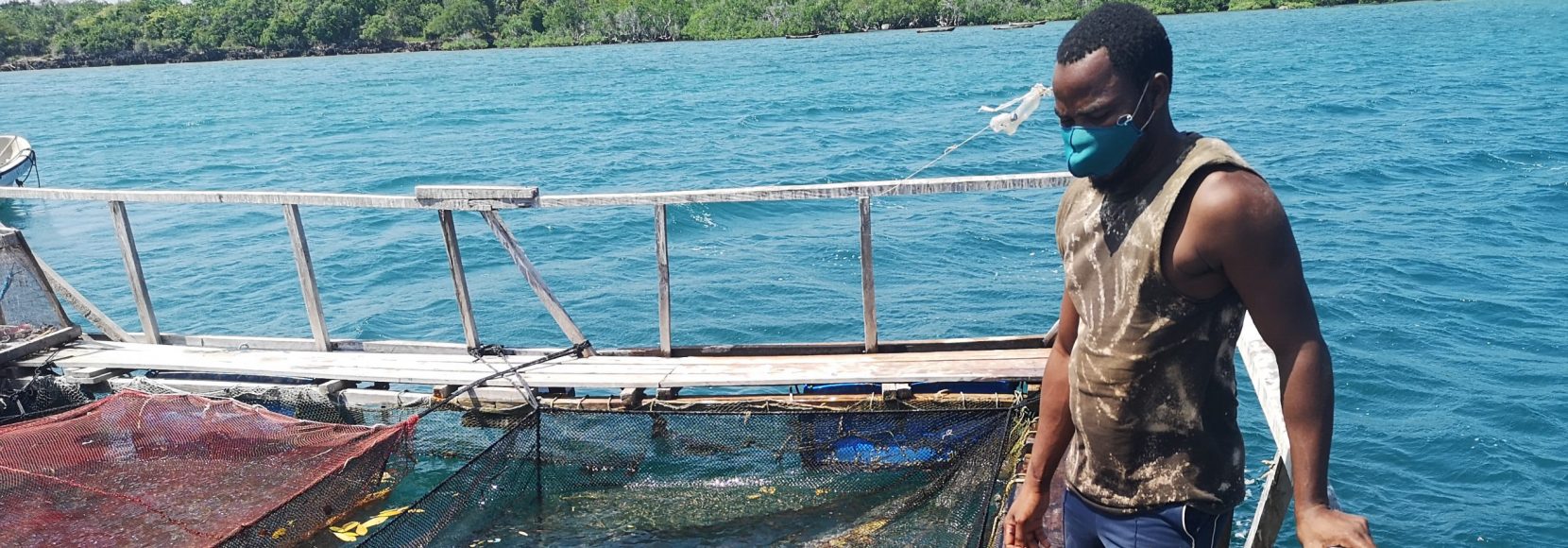
3 Win-Win Solutions to Promote Ocean Conservation and Local Livelihoods in Kenya
Here's a quick summary of the most promising ways that Kenya can protect its oceans while ensuring reliable livelihoods for low-income people.
Today, June 8, is World Oceans Day. What comes to mind when you think of the ocean?
While we often associate it with surfing, swimming, and relaxing, the ocean is also critical for the planet’s environment–and for the livelihoods of many people around the world.
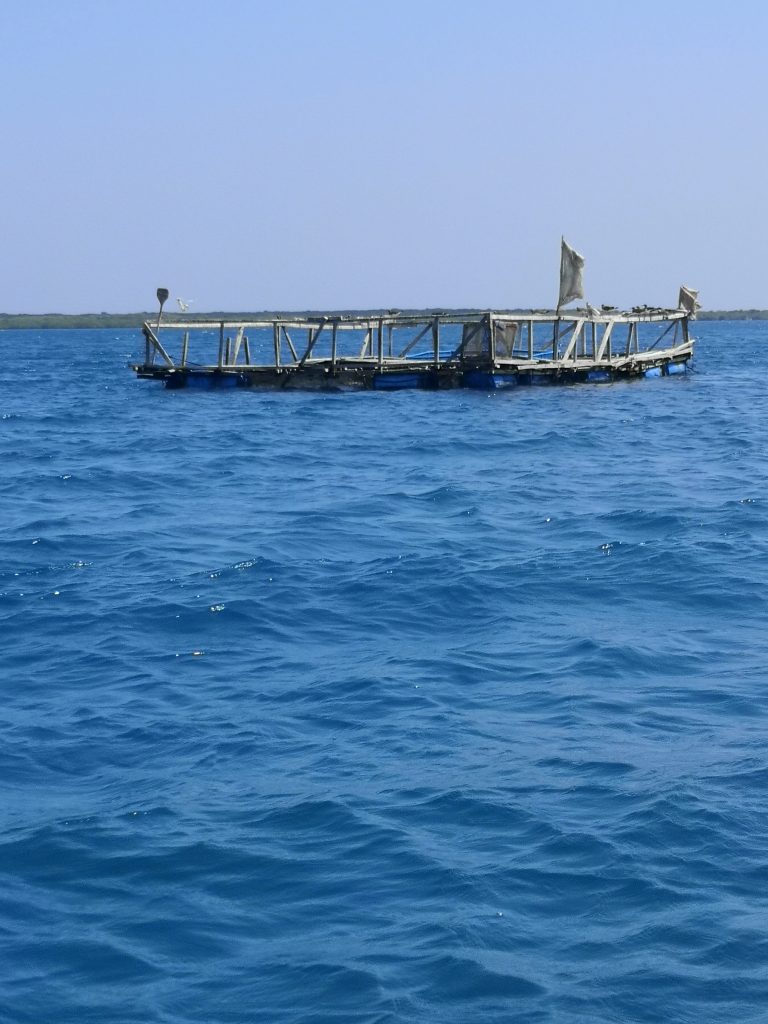
Ocean waters cover approximately 71% of the Earth’s surface. It generates 50% of Earth’s oxygen, absorbs 25% of all carbon dioxide emissions, and captures a staggering 90% of the excess heat generated by these emissions. The ocean is also the primary source of protein for half of the population in the least developed countries.
While the importance of the world’s oceans is apparent, so are the threats they are facing. Pollution, overexploitation, and climate change are contributing to dangerously rising sea temperatures and increased ocean acidity. Additionally, almost 90% of global marine fish stocks are now fully exploited or overfished.
So how can we protect our oceans as well as the livelihoods of those who depend on them?
TechnoServe recently studied the issue in Kenya, where more than 2 million people work in the fishing sector alone–and over 62% of the coastal population lives below the poverty line.
In partnership with the International Union for Conservation of Nature Eastern and Southern Africa, TechnoServe conducted a market analysis to determine the most promising ways that Kenya can protect its oceans while ensuring reliable livelihoods for low-income people.
The result–the Blue Entrepreneurship Scoping Study–identifies “win-win” solutions that provide a roadmap for Kenya’s “blue economy”–and a framework for other countries hoping to combine conservation with local economic development.
What is the Blue Economy?
The blue economy refers to the sustainable use of ocean resources for economic growth, improved livelihoods, and jobs, while preserving the health of the ocean ecosystem.
Kenyan President Uhuru Kenyatta has called the blue economy essential for achieving the country’s long-term development vision. “It is clear that the ocean economy is a smart investment that can deliver social, economic, and environmental benefits to our people,” he stated in 2020.
The next year, Kenya joined a partnership, of which TechnoServe is a founding partner, to launch the Great Blue Wall Initiative, which seeks to promote ocean conservation and livelihoods in the Western Indian Ocean.
As Kenya and other countries work to achieve these goals, TechnoServe has identified three of the most promising market solutions for Kenya’s emerging Blue Economy:
1. Seaweed Farming
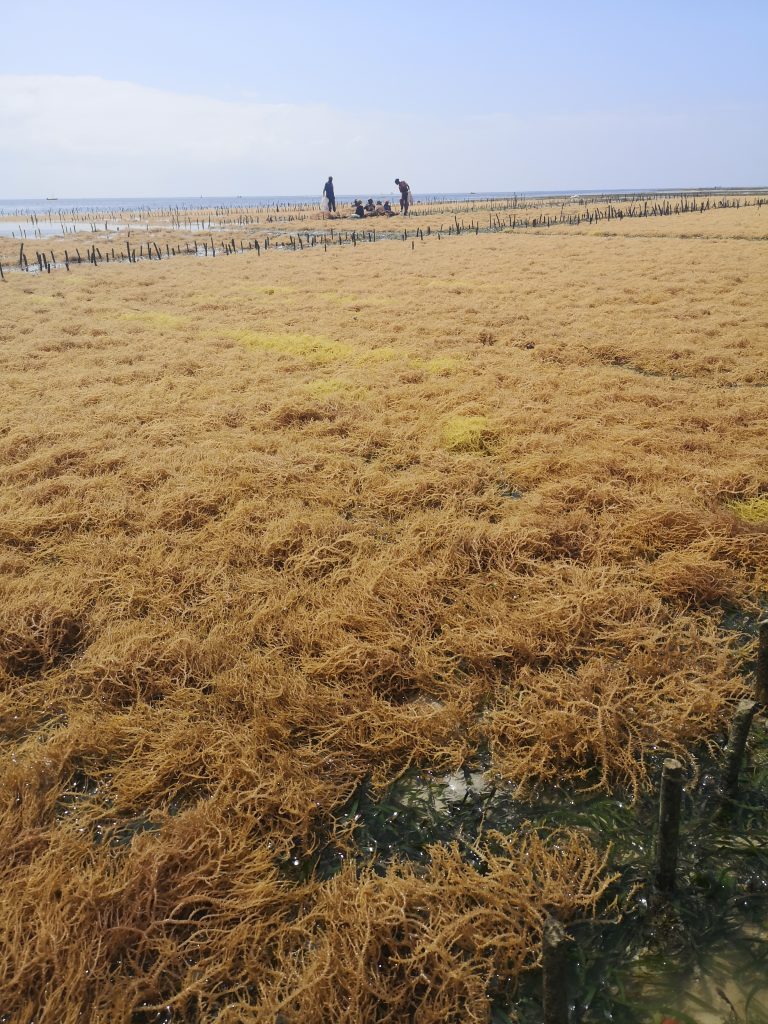
What It Is: Whether cultivating natural seaweed or managing its lifecycle more directly, people can farm seaweed to efficiently produce nutritious food, while also benefiting ocean ecosystems. Seaweed can be used for both human and animal consumption, and is found in a variety of medicine and beauty products, biofuels, and packaging. Its production has doubled just in the last decade.
The Benefits
- Seaweed farming has low farmer barriers to entry. Input costs are relatively low, the farm plots are accessible to all, and best practices are relatively easy to master.
- Seaweed production does not require clearing of land or use of freshwater making farming relatively environmentally friendly.
- In Kenya, seaweed farming appeals to women. There is no requirement for land ownership, and the near-shore area is safer compared to deep-water ventures like fishing.
Necessary Next Steps
- Improve efficiency and quality with covered drying facilities to reduce labor and time required.
- Develop the business case for new seaweed exporters to enter the Kenyan market.
- Promote this opportunity with additional coastal communities to take up seaweed farming and increase the quantity of seaweed produced in Kenya.
2. Sea Cucumber Farming
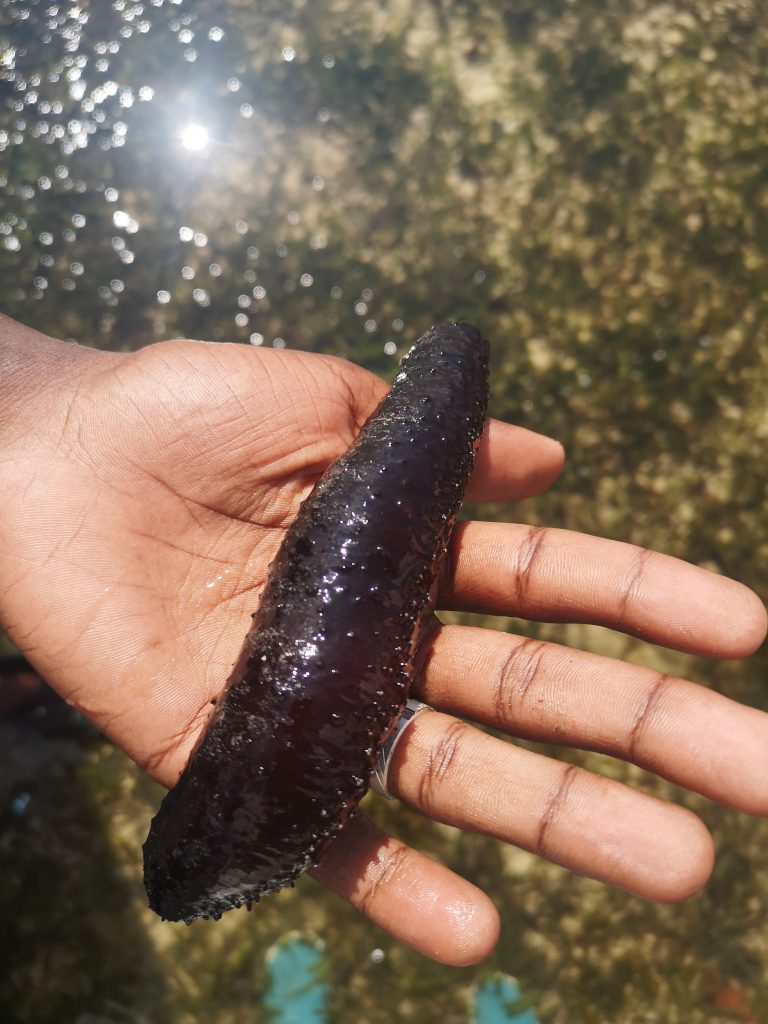
What It Is: While their name may not imply it, sea cucumbers are actually marine animals. The populations of sea cucumbers are very stable, and they are enjoyed as culinary delicacies and traditional medicines in some countries. As international demand continues to increase, they are both a sustainable and economically viable opportunity.
The Benefits
- There is great potential for the sea cucumber value chain in Kenya. The country currently exports mainly to China and Hong Kong, but there is great demand elsewhere, and profit margins are high.
- There are low barriers to entry and constant cash flow for farmers.
- The close-to-shore nature and the opportunities for value-addition services help include vulnerable populations like women and youth. Especially in the aftermath of the national economic decline in 2020 due to COVID-19 crisis, a value chain in Kenya engaging the full household can be developed that supports coastal families.
Necessary Next Steps
- Develop the business case for sea cucumber farmers and local government, and by so doing, develop the business case for hatchery investment.
- Promote this opportunity to private sector investors and pilot a sea cucumber hatchery.
- Invest in processing equipment and facilities, along with farmer training, to ensure quality is met to maintain favorable pricing.
3. Finfish Cage Farming
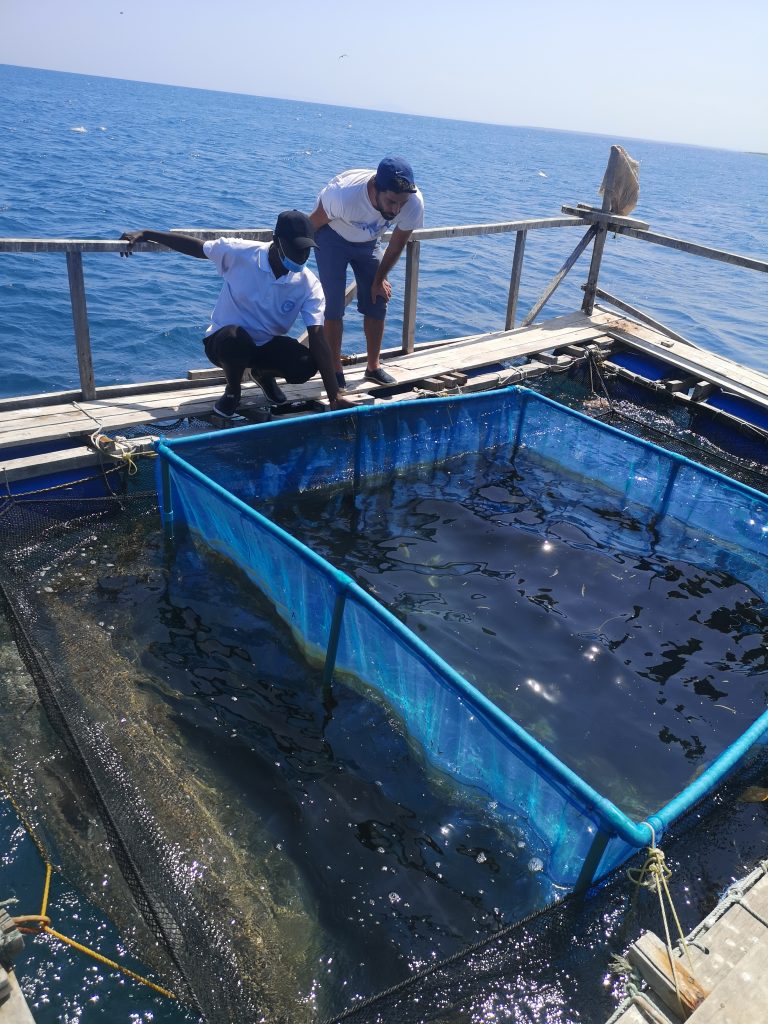
What It Is: Finfish cage farming refers to the cultivation of fish within an enclosed structure like a net or cage within the ocean. It is generally more environmentally friendly than other forms of aquaculture, like ponds.
The Benefits
- The costs to operate a finfish farming facility are relatively low. Supplies and inputs are available locally, and the payout for investment is strong.
- Fish farming offers high rates of productivity, greater oversight around sustainability of practices, and guaranteed supply, even during traditionally low-catch seasons.
- Investing in fish farming reduces the volatility and risk of depending on unpredictable, unsafe daily trips to the sea. Fish farming is safer, more stable, and closer to home.
Necessary Next Steps
- Develop the business case for community based finfish farming.
- Promote this opportunity to private sector investors and pilot hatchery model.
- Encourage policies and regulations that support responsible rearing and harvesting of fish.
Why Are These Solutions Important?
Climate change and environmental degradation are among the gravest threats to people around the world working to escape poverty. But in order to succeed, conservation efforts need to benefit local communities.
“Local communities play a vital role in marine conservation,” said Floor Overbeeke, TechnoServe’s director of global regenerative business and one of the study’s lead authors. “This report provides a clear roadmap for an inclusive ‘blue economy’ in Kenya. It’s now time to translate this into action that directly benefits coastal communities, the ocean, and the climate.”
Join us in creating more opportunities for farmers so they can sustain their livelihoods for years to come.




